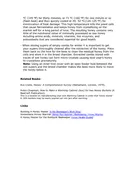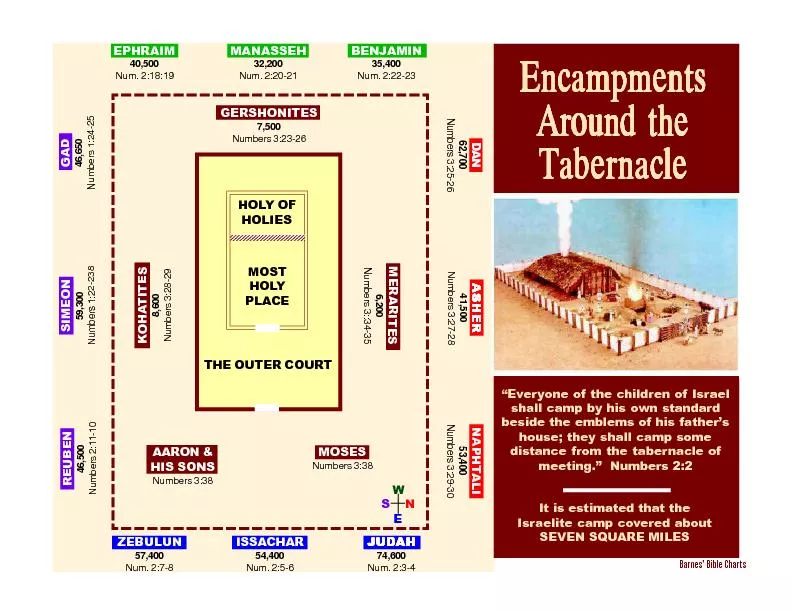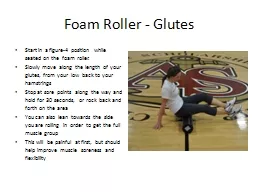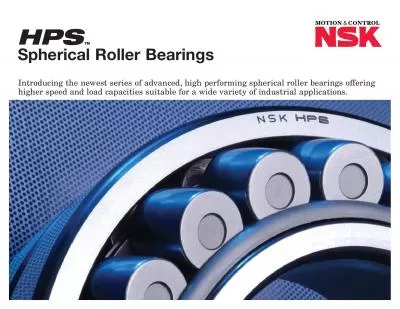PDF-Having wobbled around on the coachroof with a partly jammed roller boo
Author : myesha-ticknor | Published Date : 2015-10-06
I got my knickers in a twist the other day On a run home to Chichester Harbour I decided it was getting a bit too exciting and went to furl in the main Wife at Tools
Presentation Embed Code
Download Presentation
Download Presentation The PPT/PDF document "Having wobbled around on the coachroof w..." is the property of its rightful owner. Permission is granted to download and print the materials on this website for personal, non-commercial use only, and to display it on your personal computer provided you do not modify the materials and that you retain all copyright notices contained in the materials. By downloading content from our website, you accept the terms of this agreement.
Having wobbled around on the coachroof with a partly jammed roller boo: Transcript
Download Rules Of Document
"Having wobbled around on the coachroof with a partly jammed roller boo"The content belongs to its owner. You may download and print it for personal use, without modification, and keep all copyright notices. By downloading, you agree to these terms.
Related Documents














